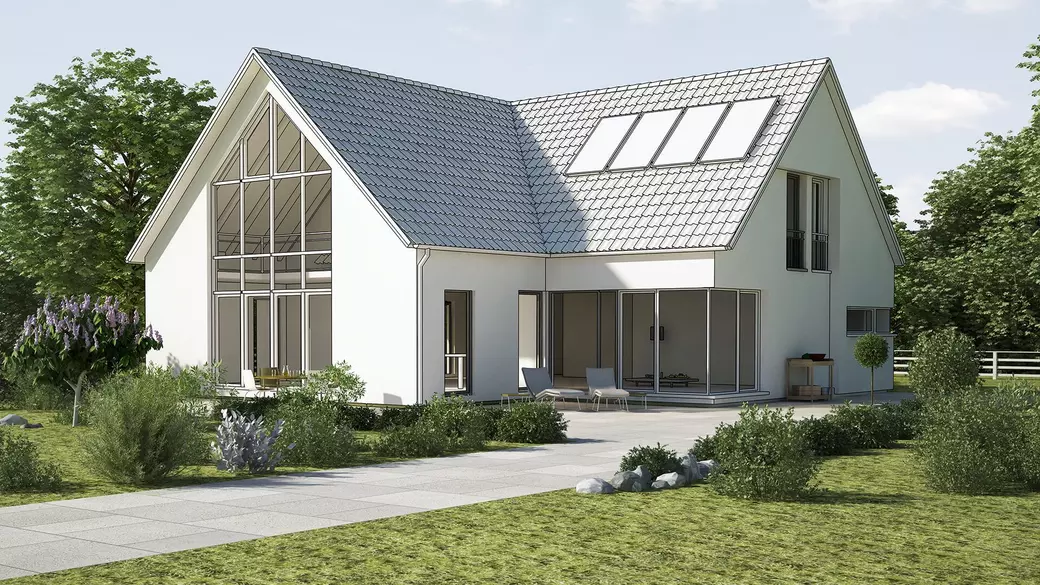Green Living and Sustainable Homes in Toronto

Green living and sustainable homes have become increasingly important in Toronto as residents and developers prioritize environmental conservation, energy efficiency, and healthy living. Here's an overview of green living and sustainable homes in Toronto:
1. Green Building Standards and Certifications:
- Toronto has adopted green building standards and certifications to promote sustainable development practices. These include LEED (Leadership in Energy and Environmental Design), Green Globes, and ENERGY STAR for Homes.
- Developers and builders in Toronto are increasingly incorporating green building features such as energy-efficient appliances, high-performance windows, low-flow fixtures, and renewable energy systems into new construction projects.
2. Sustainable Neighborhoods and Communities:
- Toronto boasts several sustainable neighborhoods and communities that prioritize walkability, public transit accessibility, green spaces, and eco-friendly infrastructure.
- Examples include the Canary District, a mixed-use community in the West Don Lands designed with sustainable building materials and LEED-certified buildings, and the Waterfront Toronto revitalization project, which emphasizes sustainable urban design and green initiatives.
3. Green Roof Initiatives:
- Toronto has implemented green roof policies and incentives to encourage the installation of green roofs on new developments and existing buildings.
- Green roofs help reduce urban heat island effect, manage stormwater runoff, improve air quality, and provide habitat for wildlife. Many new buildings in Toronto feature green roofs as part of their sustainability initiatives.
4. Energy-Efficient Retrofits and Renovations:
- Homeowners in Toronto are increasingly investing in energy-efficient retrofits and renovations to improve the sustainability of existing homes.
- Retrofitting older homes with energy-efficient insulation, windows, heating, and cooling systems can help reduce energy consumption, lower utility bills, and enhance indoor comfort.
5. Passive House Design and Net-Zero Homes:
- Passive house design principles, which focus on maximizing energy efficiency and minimizing energy consumption, are gaining popularity in Toronto.
- Net-zero homes, which produce as much energy as they consume over the course of a year, are becoming more feasible with advances in renewable energy technology and building design.
6. Sustainable Transportation and Active Mobility:
- Toronto promotes sustainable transportation options such as walking, cycling, and public transit to reduce reliance on cars and mitigate traffic congestion and air pollution.
- The city has implemented initiatives such as bike lanes, pedestrian-friendly streetscapes, and the Toronto Transit Commission (TTC) to encourage active mobility and reduce greenhouse gas emissions.
7. Community Gardens and Urban Agriculture:
- Community gardens and urban agriculture initiatives are thriving in Toronto, providing residents with access to fresh, locally grown produce and fostering community engagement.
- The city supports community gardening programs and initiatives to convert underutilized spaces into green spaces for gardening and food production.
Overall, green living and sustainable homes are integral to Toronto's vision of becoming a more livable, resilient, and environmentally friendly city. With a growing emphasis on sustainability, eco-conscious development, and community engagement, Toronto is well-positioned to lead the way in green living initiatives for years to come.
Categories
Recent Posts











"My job is to find and attract mastery-based agents to the office, protect the culture, and make sure everyone is happy! "
